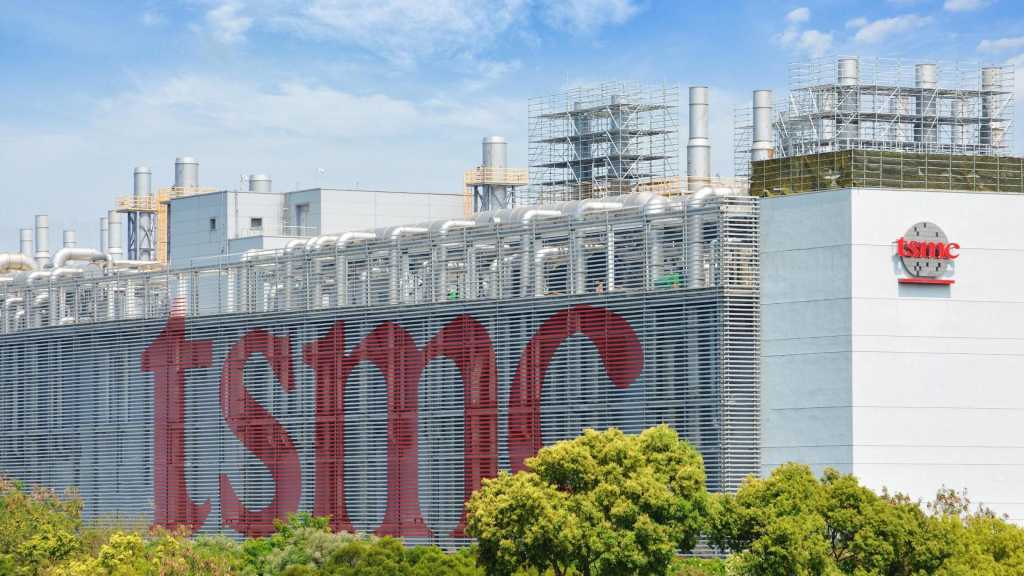
Preliminary official figures released Wednesday showed Norway produced 351.3 million standard cubic meters a day (MMscmd) of natural gas in March, dropping month-on-month and year-on-year but beating the official forecast by 0.4 percent.
The Nordic country, which has displaced Russia as the European Union’s top source of pipeline gas in the aftermath of the war in Ukraine, sold 10.9 billion standard cubic meters (Bscm) in March. That is up 100 MMscm from February, according to figures published online by the Norwegian Offshore Directorate.
According to the latest quarterly gas market report of the European Commission, Norway accounted for 50 percent of gas imported into the EU by pipeline in the fourth quarter of 2024.
In March Equinor ASA said it has put the Halten East field in the Norwegian Sea onstream, unlocking new gas for Europe.
“We are starting up Halten East at a time where piped gas from Norway is in high demand and important for energy security”, Geir Tungesvik, executive vice president for projects, drilling and procurement at Equinor, said in a company statement March 17.
Halten East, a tie-in to be developed in two phases, holds about 100 million barrels of oil equivalent recoverable reserves, according to the Norwegian majority state-owned energy company. “The second phase is planned in 2029”, Equinor said.
Meanwhile Norway’s oil production in March 2025 averaged 1.76 million barrels per day (MMbd), up sequentially but down year-over-year.
In late March Equinor achieved first oil at the Johan Castberg field in the Barents Sea, growing Norway’s production capacity by 220,000 barrels per day (bpd) at peak.
“The Johan Castberg field will contribute crucial energy, value creation, ripple effects and jobs for at least 30 years to come”, Tungesvik said.
Recoverable volumes are estimated to be 450-650 million barrels, Equinor said.
“Johan Castberg opens a new region for oil recovery and will create more opportunities in the Barents Sea”, added Kjetil Hove, Equinor executive vice president for exploration and production in Norway. “We’ve already made new discoveries in the area and will keep exploring together with our partners.
“We’ve identified options to add 250-550 million new recoverable barrels that can be developed and produced over Johan Castberg”.
Twelve of Johan Castberg’s 30 wells “are ready for production”, enough to achieve the expected peak volume in the second quarter, Equinor said. It plans to continue drilling until late 2026.
It is the third field developed on Norway’s side of the Barents Sea after Snøhvit, which went online 2007, and Goliat, which began production 2016.
To contact the author, email [email protected]
What do you think? We’d love to hear from you, join the conversation on the
Rigzone Energy Network.
The Rigzone Energy Network is a new social experience created for you and all energy professionals to Speak Up about our industry, share knowledge, connect with peers and industry insiders and engage in a professional community that will empower your career in energy.
MORE FROM THIS AUTHOR




















